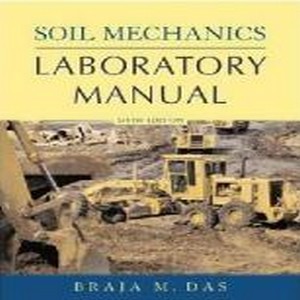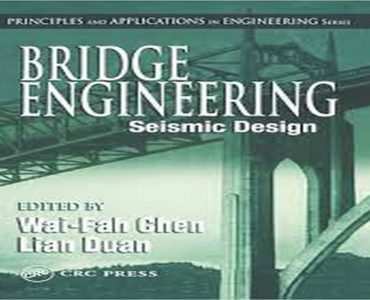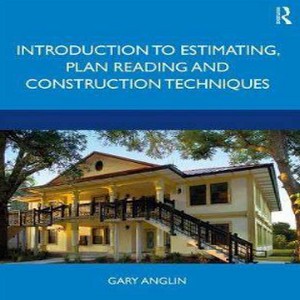Buy Soil mechanics laboratory manual
by Braja M. Das Dean, College of Engineering and Computer Science Californ
Since the early 1940’s the study of soil mechanics has made great progress all over the world. A course in soil mechanics is presently required for undergraduate students in most four-year civil engineering and civil engineering technology programs. It usually includes some laboratory procedures that are essential in understanding the properties of soils and their behavior under stress and strain; Soil mechanics laboratory manual is prepared for classroom use by undergraduate students taking such a course.
The procedures and equipment described in Soil mechanics laboratory manual are fairly common. For a few tests such as permeability, direct shear, and unconfined compression, the existing equipment in a given laboratory may differ slightly. In those cases, it is necessary that the instructor familiarize students with the operation of the equipment. Triaxial test assemblies are costly, and the equipment varies widely. For that reason, only general outlines for triaxial tests are presented.
For each laboratory test procedure described, sample calculation(s) and graph(s) are included. Also, blank tables for each test are provided at the end of the manual for student use in the laboratory and in preparing the final report. The accompanying diskette contains the Soil Mechanics Laboratory Test Software, a stand-alone program that students can use to collect and evaluate the data for each of the 18 labs presented in the book. For this new edition, Microsoft Excel templates have also been provided for those students who prefer working with this popular spreadsheet program.
Professor William Neuman of the Department of Civil Engineering at California State University, Sacramento, took inmost of the photographs used in this edition. Thanks are due to Professor Cyrus Aryarti of the Department of Civil Engineering at California State University, Sacramento, for his assistance in taking the photographs. Last, I would like to thank my wife, Janice F. Das, who apparently possesses endless energy and enthusiasm. Not· only did she type the manuscript, she also prepared all of the tables, graphs, and other line drawing.





Reviews
There are no reviews yet.